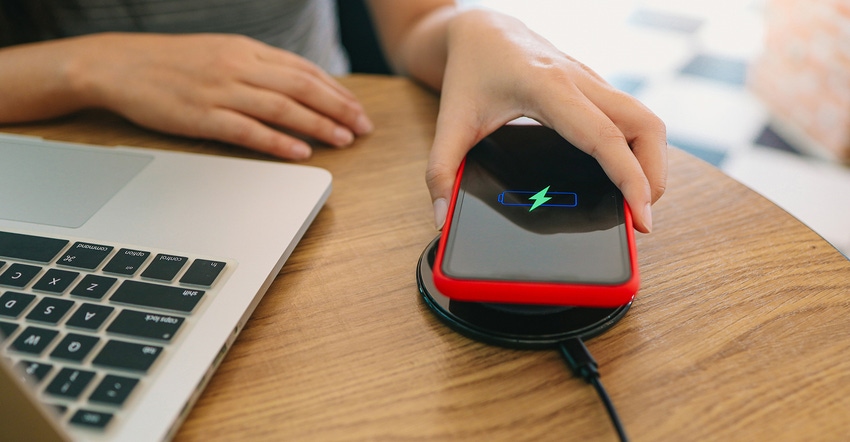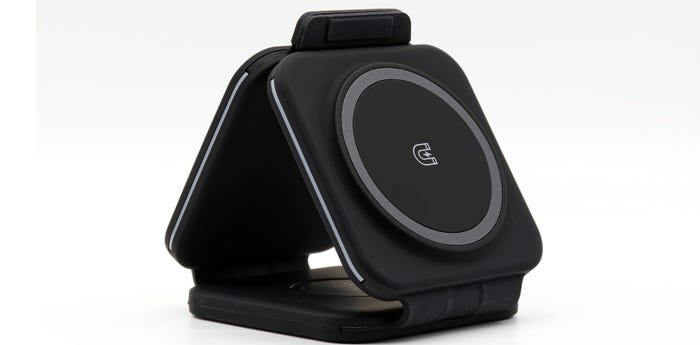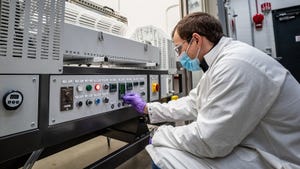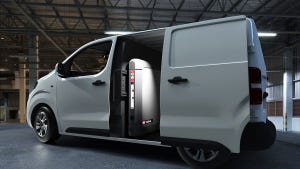
Wireless charging technology allows you to charge a battery without cables. Inductive and resonant technologies use wire coils to transfer power, while RF uses radio frequency. This technology enables one to charge smartphones, electric vehicles, power tools, electric toothbrushes, and more. We’ll continue to cover the latest innovations in wireless technology, but let’s step back and debunk the most common myths this time.
1. Myth: Wireless charging is not safe.
In general, wireless charging is safe. Wireless charging products are subject to regulatory standards and certifications specified by global regulatory bodies such as the Federal Communications Commission (FCC). Manufacturers are responsible for ensuring their products meet the requirements by implementing safety features such as over-voltage protection, foreign object detection, and temperature regulation to prevent potential hazards.
2. Myth: Wireless charging is significantly slower than wired charging.
While wireless charging may have been slower in its early stages, modern wireless charging technology has dramatically improved. The latest Qi2 wireless charging standards recently announced—developed by the Wireless Power Consortium—will enable the development of faster wireless charging while ensuring the process remains safe, won't shorten battery life, and won't damage the receiver.
The wireless chargers typically included with smartphones offer a power output of only 10 to 15 watts, which may need to be increased for fast charging. However, some phone manufacturers offer wireless chargers with higher power outputs, reaching up to 50 watts.

3. Myth: Only specific smartphones are compatible with wireless charging.
Wireless charging has become widely adopted, and many smartphones and other devices now support wireless charging capabilities. Qi wireless charging has been adopted by many smartphone manufacturers, including Samsung, Google, Apple, Nexus, Sony, Huawei, Nokia, Motorola, and LG. Additionally, various third-party accessories, like wireless charging adapters and cases, are available to enable wireless charging for devices that do not have built-in compatibility.
Standards like the ones from Qi and AirFuel Alliance can pave the way for further adoption of wireless charging technology because standards play a vital role in ensuring interoperability between devices and chargers.
4. Myth: Wireless charging degrades the battery life of devices.
When implemented correctly, wireless charging does not have a significant negative impact on battery life. Manufacturers ensure that devices are optimized for wireless charging to minimize potential effects on battery health or longevity.
But to maximize battery lifespan, it's recommended to use chargers and wireless charging pads that are compatible with your device and adhere to industry standards. Wireless charging technologies incorporate thermal management systems to regulate temperatures and prevent overheating.
5. Myth: Long-range wireless charging is not possible.
Wireless (inductive or resonant) charging technologies require very short distances between the charging pad or transmitter and the charged device. While this close-range wireless charging technology relies on magnetic induction to transfer power, long-range wireless charging depends on radio frequency (RF) or laser-based wireless charging systems that transmit power over greater distances.
Long-range wireless charging is possible but has yet to be widely available or practical for everyday use. Some companies have already started to deploy their products. For example, in this deployment by Wi-Charge in the US, each table has its mini display that highlights menu items and offers a QR code for customers to learn more. Two smart transmitters on the walls power a dozen devices, freeing them from wired connections or dying batteries.
Other companies working successfully on developing and researching long-range wireless charging technologies are Ossia, Energuos, and WiTricity.
About the Author(s)
You May Also Like





